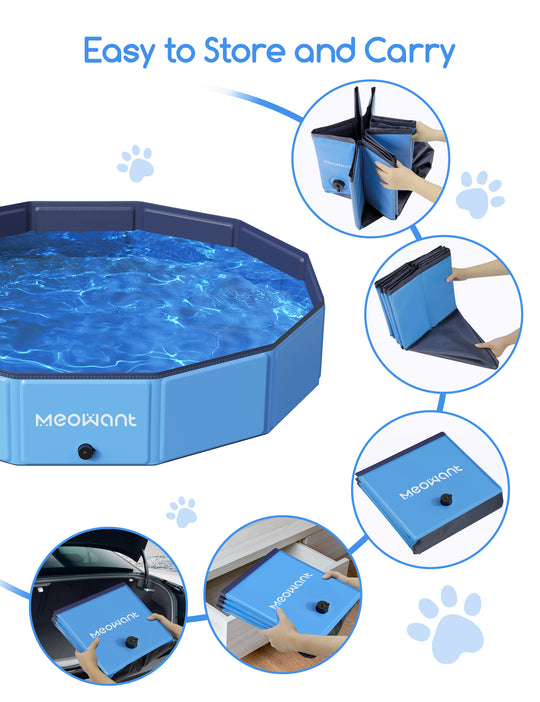Creating a pet pool can be a delightful addition to your backyard, providing a fun and refreshing space for your furry friends. However, ensuring that the pool is made from safe materials is crucial for the health and safety of your pets. This guide will explore the best options available for constructing a pet pool, focusing on materials that are both durable and non-toxic.

Understanding Safe Materials for Pet Pools
When considering safe materials for pet pools, it is essential to prioritize non-toxic and environmentally friendly options. Many materials can be harmful to pets if ingested or if they come into contact with their skin. Therefore, selecting the right materials is not just about aesthetics; it is about ensuring a safe environment for your pets.
1. Plastic: A Versatile Choice
Plastic is one of the most commonly used materials for pet pools due to its lightweight nature and affordability. However, not all plastics are created equal. Look for high-density polyethylene (HDPE) or polypropylene, as these types are known for their durability and resistance to UV rays. They are also less likely to leach harmful chemicals into the water.
2. Rubber: A Soft and Safe Option
Rubber is another excellent choice for safe materials pet pool construction. It provides a soft surface that is gentle on your pet's paws, reducing the risk of injury. Additionally, rubber is resistant to mold and mildew, making it a hygienic option for water play. Ensure that the rubber used is free from harmful additives, such as phthalates.
3. Fiberglass: A Long-lasting Solution
Fiberglass pools are known for their longevity and low maintenance. They are non-porous, which means they do not harbor bacteria or algae, making them a safe choice for pets. While fiberglass pools can be more expensive, their durability and safety features often justify the investment.
4. Concrete: A Sturdy Alternative
Concrete can be a viable option for building a pet pool, especially if you are looking for a custom design. However, it is essential to ensure that the concrete is sealed with a non-toxic sealant to prevent any harmful substances from leaching into the water. Additionally, consider adding a textured surface to prevent slipping.
Additional Considerations for Pet Pools
In addition to the materials used, there are several other factors to consider when building a pet pool:
- Ensure that the pool has a shallow area for smaller pets.
- Incorporate ramps or steps for easy access.
- Regularly check the water quality to keep it safe for your pets.
Where to Find Safe Pet Pools
If you are looking for a convenient option, consider purchasing a foldable pet pool. These pools are made from safe materials and are easy to store when not in use. You can find a variety of options at .
Conclusion
Building a pet pool can be a rewarding project, but it is vital to choose safe materials to ensure the well-being of your pets. By selecting materials like plastic, rubber, fiberglass, and concrete, you can create a safe and enjoyable environment for your furry friends. Remember to consider additional safety features and regularly maintain the pool to keep it a fun place for your pets.


